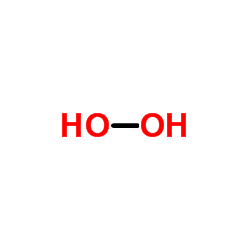| Structure | Name/CAS No. | Articles |
|---|---|---|
 |
L-Buthionine (S,R)-sulfoximine
CAS:83730-53-4 |
|
 |
Thymic Factor trifluoroacetate salt
CAS:63958-90-7 |
|
 |
Hydrogen peroxide
CAS:7722-84-1 |